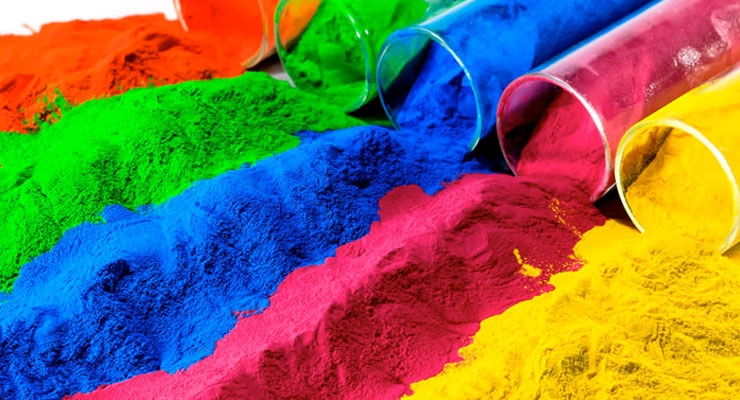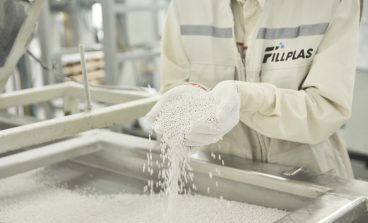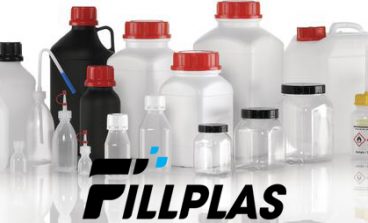
Pigment, any of a group of compounds that are intensely colored and are used to color other materials.
And the color pigment is principal content to make color masterbatch which is a popular material in plastic production.
Definition of pigment
A pigment is a material that changes the color of reflected or transmitted light as the result of wavelength-selective absorption. This physical process differs from fluorescence, phosphorescence, and other forms of luminescence, in which a material emits light. Most materials selectively absorb certain wavelengths of light. Materials that humans have chosen and developed for use as pigments usually have special properties that make them useful for coloring other materials. A pigment must have a high tinting strength relative to the materials it colors. It also must be stable in solid form at ambient temperatures.
Pigments are insoluble and are applied not as solutions but as finely ground solid particles mixed with a liquid. In general, the same pigments are employed in oil- and water-based paints, printing inks, and plastics.
Most pigments used in manufacturing are dry colorants, usually ground into a fine powder.
Classification of pigment
A pigment may be organic (i.e., contain carbon) or inorganic. The majority of inorganic pigments are brighter and last longer than organic ones.
Organic pigment
Organic pigments made from natural sources have been used for centuries, but most pigments used today are either inorganic or synthetic organic ones. Synthetic organic pigments are derived from coal tars and other petrochemicals.
For the most part, the organic pigment is presently synthesized from aromatic hydrocarbons. These are compounds containing structures of carbon atoms with hydrogen atoms attached that are formed in closed rings. Organic pigments include azo pigments, which contain a nitrogen group; they account for most of the organic red, orange, and yellow pigments. Copper phthalocyanines provide brilliant, strong blues and greens that are unusually colorfast for organic colors. Some pigments, such as fluorescent ones, are simply dyes that have been rendered insoluble by chemical reaction.
Inorganic pigment
Inorganic pigments are made by relatively simple chemical reactions—notably oxidation—or are found naturally as earth.
This pigment includes white opaque pigments used to provide opacity and to lighten other colors. The most important member of the class is titanium dioxide. They add white extender pigments to paints to lower their costs or improve their properties. This class includes calcium carbonate, calcium sulfate, diatomaceous silica (the remains of marine organisms), and china clays. Black pigments are primarily created from particles of carbon. They use carbon black, for example, to give black color to printing inks. Iron-oxide earth pigments yield ochres (yellow-browns), siennas (orange-browns), and umbers (browns). They use certain compounds of chromium to provide chrome yellows, oranges, and greens, while various compounds of cadmium yield brilliant yellows, oranges, and reds. Iron or Prussian, blue and ultramarine blue is the most widely used blue pigments and is both inorganics in origin.
Fillplas use many pigments in different colors such as blue, green, brown, yellow, red,… to make color masterbatch. Please visit our website for more information.



